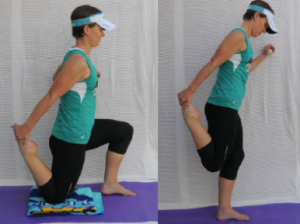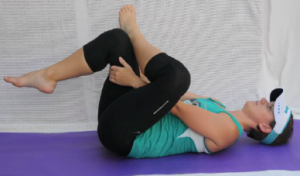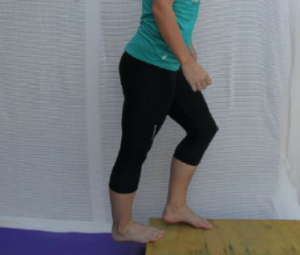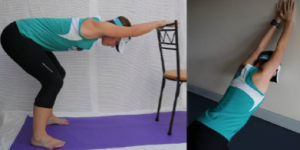The 5 Stretches Every Runner Must Do
Stretching must be a part of every runner’s regime. Just like the daily run to gain fitness, stretching will enable to body to be supple and allow it to be well lubricated in running kilometre after kilometre. Now we’re not talking about effectively warming up and the stretching performed prior to pounding the pavement. We’re talking about stretching for flexibility and mobility, to allow the joints to move in a more fluid plane of movement.
Stretching has been shown to increase range of motion around a joint, and as reported by Gajdosik and Riggin (2005), structural adaptations of the muscle tendon allowed for an improved running economy. Stretching also contributes to the stretch-shortening cycle, which many coaches report as being free speed.
But in a nutshell, stretching increases an individual’s flexibility, and the more structural flexibility they have, the easier it is for the muscles to move through their natural motion. We’ve all had tight muscles before, which limit our effectiveness to walk or run. So with improved flexibility, we can run more freely and hopefully faster.
So what are the most effective stretches a runner can perform to aid in recovery and flexibility. Below are five essential stretches that every runner should perform, but the list is not absolute. There are many others which could be added to the mix.
1. Glute Stretch
The glute muscles are the powerhouse for the runner. Strong, active glutes promote more powerful movements and therefore more speed. Stretching of the glute muscles will enable free movement of the hips, and strong contractions through the quads and hamstrings.
2. Hip Flexors Stretch
The hip flexors do a lot of work through all phases of the gait cycle, but more importantly, they stabilise the body during the support phase. Having supple hip flexors will allow the muscles to control the joint movements when running, and increase the stability when the foot contacts the ground.

3. Calf Stretch
The calf plays a vital role along with the Achilles tendon when the foot contacts the ground. With tight calf muscles, a runner will tend to revert to a heel strike position, and won’t roll through the contact, adding extra force to the contact phase. With flexible calves, a runner can improve their position with a midfoot strike, or roll through the contact of a heel strike to dissipate the force.
4. Quadriceps Stretch
The quadriceps are an extension of the kinetic chain from the hip flexors, which enable powerful movements through the swing phase of the gait cycle. Flexible, mobile quads will also help with the stabilisation in the support phase of the gait cycle.

5. Shoulder Stretch
You may be thinking, why do I need flexible shoulders to run more efficiently? The shoulders are a forgotten part of the kinetic chain when running, but when you watch efficient runners, you’ll notice that their arms swing through the shoulder joint and there is little movement in the trunk. Inefficient runners will rotate their trunk while their shoulders stay neutral, which only causes hip swaying and inaccurate movement paths. Stretching of the shoulders allows the arm to swing freely through the joint, and helps keep the trunk in a neutral position without too much movement.
By Liam Bromilow.
Reference: Gajdosik, R. L., & Riggin, T. J. (2005). Passive elastic properties of the calf muscle-tendon unit of distance runners. Isokinetics & Exercise Science, 13(3), 207-216 210p.







